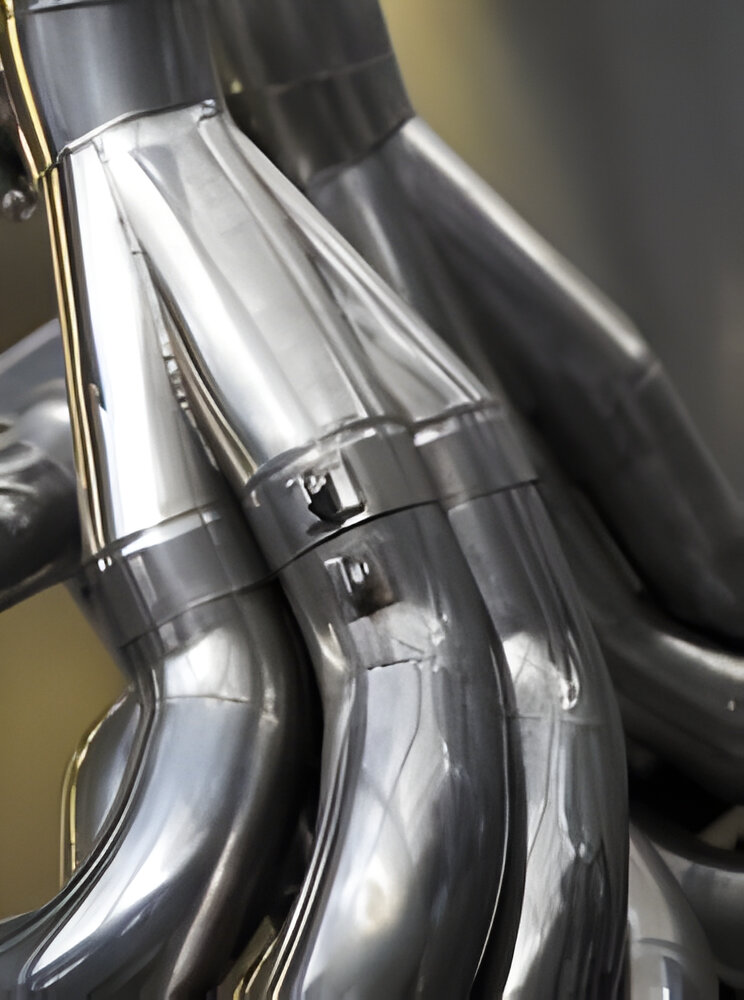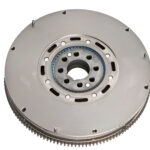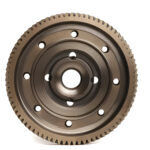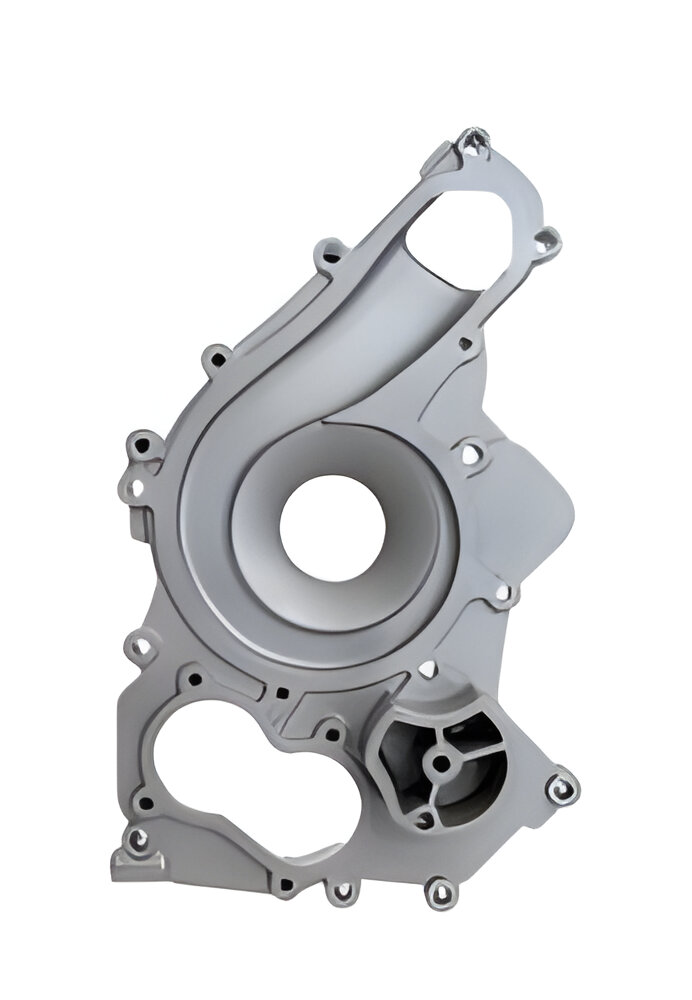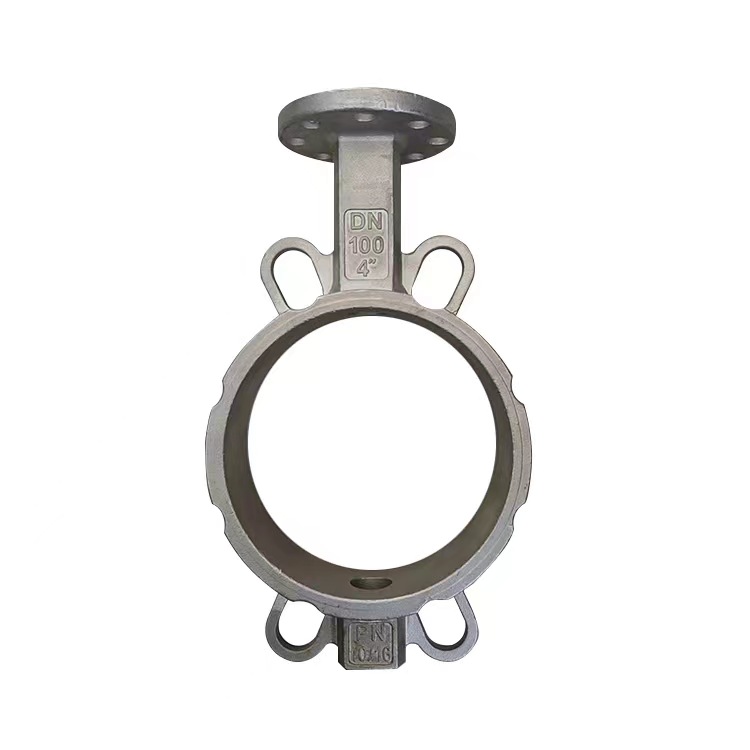The automotive industry continuously seeks to enhance vehicle performance and efficiency, and one critical component at the heart of this evolution is the exhaust manifold. Cast iron has traditionally been the go-to material for manufacturing exhaust manifolds due to its durability and heat resistance. However, advancements in materials technology have seen a rise in the use of stainless steel, particularly for high-performance and turbocharged engines.
Why Cast Iron for Exhaust Manifolds?
Cast iron exhaust manifolds are prized for their ability to withstand high temperatures and their excellent thermal conductivity. These properties make them an ideal choice for standard combustion engines, where temperatures can soar and durability is paramount. The traditional sand casting process used for these manifolds allows for robust, if slightly heavier, components that car enthusiasts and manufacturers have relied on for decades.
Advantages of Stainless Steel in Exhaust Systems
On the other hand, stainless steel exhaust manifolds offer advantages that make them suitable for more specialized applications. Stainless steel's resistance to corrosion and rust is a significant benefit, especially in harsh climates or high humidity areas. Furthermore, stainless steel can provide a better flow of exhaust gases, which is crucial for turbocharged engines. This is why stainless steel turbo manifolds are becoming increasingly popular among high-performance vehicle manufacturers.
Manufacturing Techniques and Innovations
Manufacturing exhaust manifolds, whether cast iron or stainless steel, involves intricate techniques. Sand casting remains prevalent for cast iron manifolds, providing a cost-effective method for producing durable parts. Stainless steel manifolds often require more sophisticated fabrication processes, including welding and machining, to handle the material's toughness and to achieve precise configurations needed for optimal performance.
Applications and Scenarios
The choice between cast iron and stainless steel exhaust manifolds largely depends on the specific needs of the vehicle and its operating environment. Cast iron is suited for heavy-duty vehicles and standard passenger cars that require longevity and basic performance. In contrast, stainless steel is often the choice for performance cars, racing applications, and vehicles in environments prone to corrosion.
Why Choose Our Products?
At KT Foundry, we specialize in both cast iron and stainless steel exhaust manifolds. Our products are designed with precision and tailored to meet the rigorous demands of both everyday road use and high-performance racing. With decades of expertise in metallurgical technologies and a commitment to quality, KT Foundry is your go-to source for reliable and efficient exhaust solutions.
We invite automotive manufacturers, enthusiasts, and repair professionals to explore our range of exhaust manifolds and other high-quality components. Visit our website at kt-foundry to learn more about our products and how they can improve your vehicle's performance and efficiency.
FAQs
Q1: Can stainless steel manifolds improve engine efficiency?
A1: Yes, the smoother flow of exhaust gases in stainless steel manifolds can reduce backpressure, which in turn enhances engine efficiency and performance.
Q2: Are cast iron manifolds better for turbocharged engines?
A2: While cast iron manifolds are incredibly durable, stainless steel is typically preferred for turbocharged engines due to better heat handling and improved gas flow.
Q3: How do I choose the right material for my exhaust manifold?
A3: Consider your vehicle's performance needs, operating environments, and budget. For personalized advice, contact us at KT Foundry, and we'll help you make the right choice.

